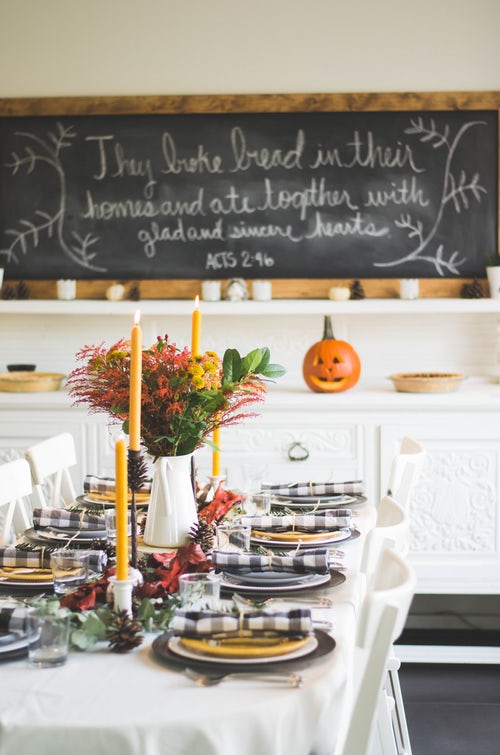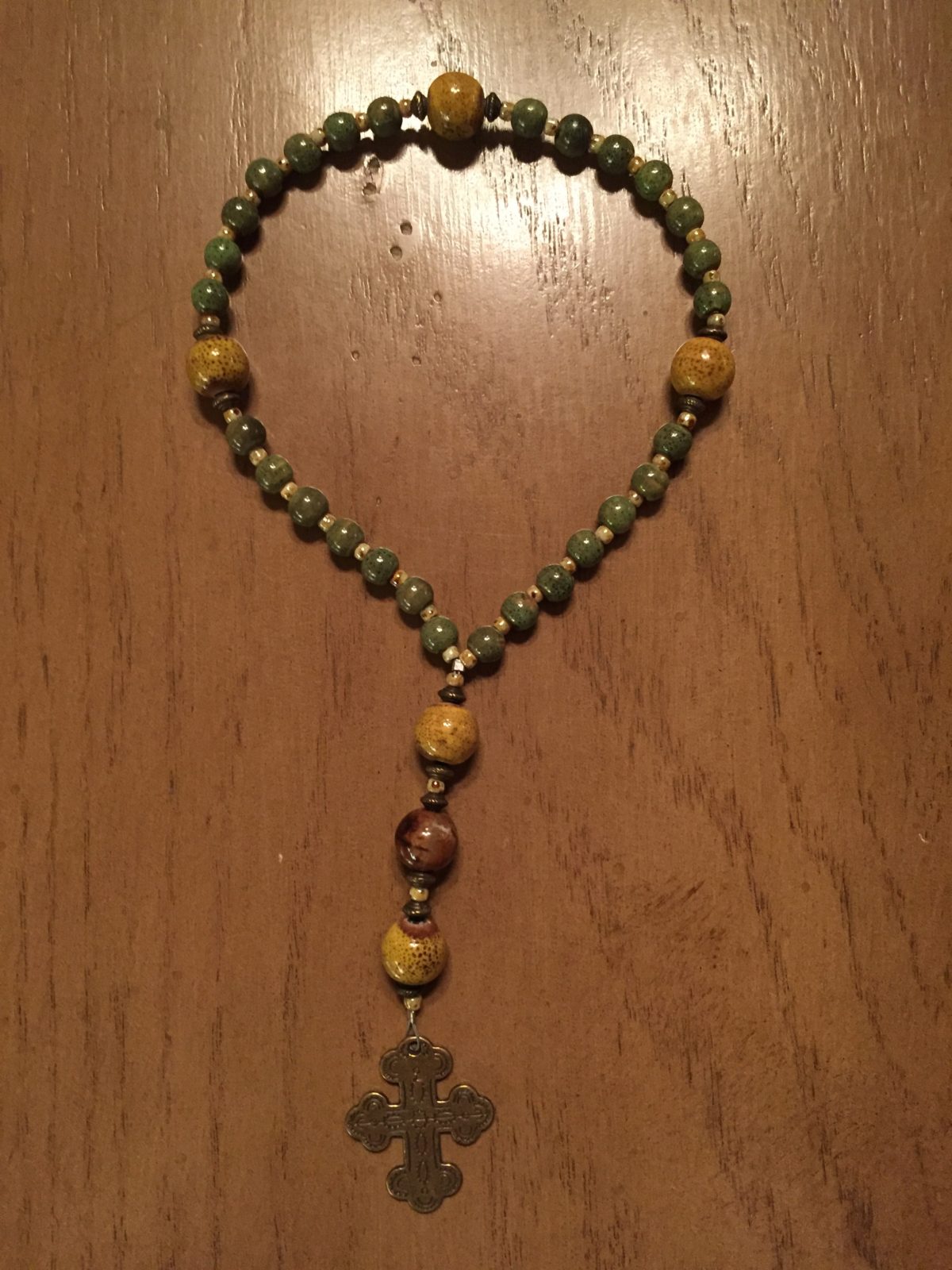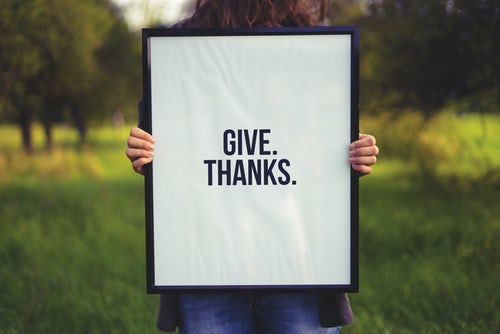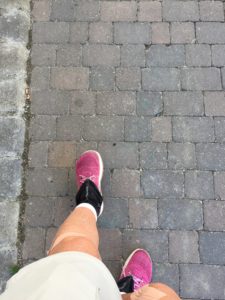Have you ever gotten to the end of Thanksgiving Day or awakened the following day regretting the amount of food you ate, the desserts consumed, and the way you feel post-feast?
Why not turn over a new leaf by deciding now that things will be different this year—that you’ll make better, healthier choices, and be happier and proud of your new lifestyle choices.
That you’ll enjoy conscientious eating!
How to do it—
If you’re ready and excited to give it a try, use some or all of these tips to maximize your success by having a game plan. No game plan usually means failure!
FIRST and FOREMOST, be prayed up before you hit the table! That your eyeballs and tastebuds are not led into temptation!
- After you’ve gotten the turkey all dressed and prepped and popped in the oven, grab your sweetie and four-legged family members and go for a walk. Getting outside in the fresh air can help you work up an appetite. It’ll also get the digestive tract going so it’s primed to digest the food better when you do sit down to eat.
- If you’re using paper plates, buy smaller ones, rather than the big, oval smorgasbord-type models.
- Don’t showcase all of the food on the dining room table so you only have to grab, spoon and plop the food on your plate. Having the food in front of you makes it too easy to mindlessly overeat. Place the food on a table in another room besides the dining room, so you have to get up to serve yourself.
- On your first round at plating your food, select salads, veggies and fruit and sit down and eat those. Then return for the meat and potatoes. Or fill up most of your plate with the salads, veggies and fruit and save a tiny space for the meat, potatoes and gravy.
- For the dessert, make a decision ahead of time to take small servings for the desserts, or take four to five bites (don’t overload your fork!) and then put your fork down and immediately toss the rest of the dessert so you’re not tempted.
- Reduce the number of sweetened drink selections (like sodas, lemonades, etc.) and replace them with homemade, unsweetened lemon, lime, orange or cucumber water. Have orange slices for the kids (or the adults) who like a spurt of sweetness.
- Have a spread of nuts, fruits and cheeses out for guests to nibble on before sitting down to the regular meal. A bowl of grapes is always a big hit in our house.
- When eating, put your fork down between bites so you maximize your chewing and improve digestion.
- Try to spend more time chatting, listening and socializing than eating. Don’t eat and chew simultaneously!
- Immediately following the meal, refrigerate the uneaten food that might quickly spoil (to avoid reflexive nibbling), wrap up the other items to keep them fresh, and then go for another post-meal, digestive-enhancing stroll.
- For you football or sports fans, avoid over-saturation and too much sitting by deciding you’ll only flop on the couch to watch two games, or five hours maximum during the day. If you’re busy cooking and watching, you might be able to squeeze in more, but don’t park yourself on the couch all day. It’s dangerous for your health!
- If you want to try something really off-the-wall, dig out the chopsticks and try eating your meal with them! That’s a recommendation I received from a professional in healthful eating that I interviewed for an article a couple of years ago. Fun, and funny! (You will eat less while stimulating your brain and coordination.)
- Instead of watching sports, dig out the board games and stimulate your brain and conversation.
You don’t need to brag about being a glutton to enjoy the day. Think of all of the components that go into it and see how you can apply even small tweaks to leave you feeling healthy and happy, and proud of your self-care!
Let’s hear it for no more guilt!
Time to share—
What does your family do to keep the healthy lifestyle going on the biggest meal ingestion day of the year?
Until next week,
A very blessed and Happy Thanksgiving to you!
Andrea
May you prosper in all things and be in health, just as your soul prospers (3 John 2).
Photo by Libby Penner on unsplash




 When you’re preparing to leave one place you know you won’t be returning to and walking 5 – 15 miles to another location, you plan carefully. You spend some time thinking about what you’re going to wear, how you’re going to pack, in case the weather changes and you need to shed a jacket or get to your rain gear and poncho in a hurry. If you happen to leave something back at the place you slept, you think long and hard about whether you really need it. About whether or not you can buy a replacement in the next tiny village you sleep in.
When you’re preparing to leave one place you know you won’t be returning to and walking 5 – 15 miles to another location, you plan carefully. You spend some time thinking about what you’re going to wear, how you’re going to pack, in case the weather changes and you need to shed a jacket or get to your rain gear and poncho in a hurry. If you happen to leave something back at the place you slept, you think long and hard about whether you really need it. About whether or not you can buy a replacement in the next tiny village you sleep in.